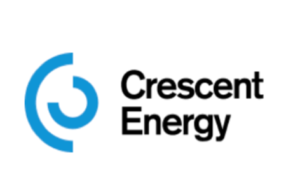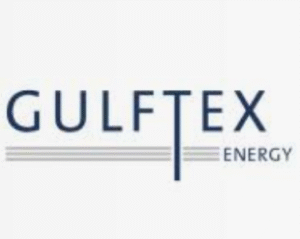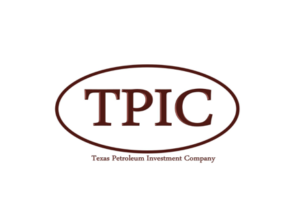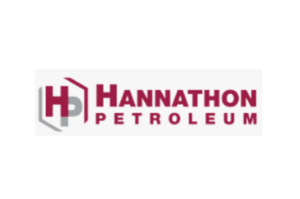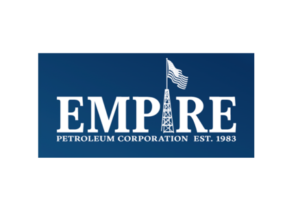Enterprise mindset fuels better tools, faster dashboards, centralized data warehouse
BY GUS MORGAN
At ConocoPhillips, data drives decisions.
It’s why ConocoPhillips focuses on enabling data analytics — to accelerate time to insight, enhance performance and lower cost of supply.
For example, take DrillBET, a back-reaming efficiency tool under development.

“That’s the one we’re the most excited about,” said analytics engineer Steven Cass. “In China alone, if we can help reduce back-reaming times by just 17 percent, there could be an $8 million cost saving there.”
DrillBET is just one of the innovations to emerge from the Global Wells Analytics Consolidation Project, an initiative by Global Wells to enhance ConocoPhillips’ data analytics capabilities.
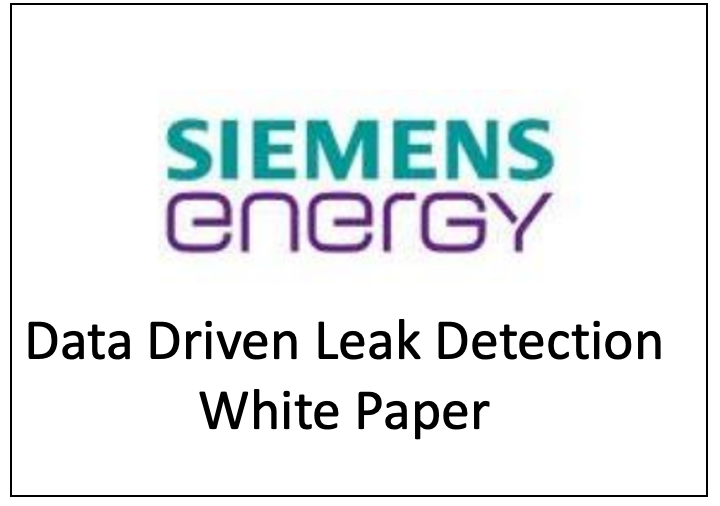
‘Nimble and quick’
The project has already delivered a variety of benefits, such as new analytics tools, faster Spotfire dashboards and a central data warehouse that houses the company’s drilling and completions operational data. Work is already underway to include plug and abandonment and well intervention/integrity data as well.
These upgrades have empowered the company’s engineers and wellsite personnel, giving them access to powerful and consistent analytics solutions to improve operational efficiencies.

“Now we are nimble and quick,” said Cass, a member of the Analytics, Performance and Standards (APS) team within Global Wells that is managing the project to fruition. “In our business, if we can save time, we can save a lot of money.”
Digital collaboration
The consolidation project, which started in 2019, is a collaboration involving the APS team; the Global Analytics Innovation Center of Excellence (AICOE) IT Team; and the company’s Gulf Coast, Great Plains, Norway, Alaska, Canada, China and Indonesia business units. ConocoPhillips recognized the project team with a 2021 SPIRIT Award for its efforts, as the endeavor has resulted in significant strategic, financial and cultural benefits for the company.
‘Continuous improvement’
The project marks an evolutionary step in the company’s multi-year journey to transform itself into a data-driven company, a campaign that started in 2016.
“It’s about continuous improvement,” said APS team member Dung “Zoom” Nguyen.

Nguyen, who helped establish the company’s first advanced analytics workflow for ingesting and analyzing drilling and completion operational data in the Eagle Ford in 2015, said the Eagle Ford project laid the groundwork for the advanced analytics revolution at ConocoPhillips.
In the ensuing years, the company replicated the Eagle Ford’s foundational data model and Spotfire tools across nine assets.
While this initial model proved valuable — delivering global solutions and saving the company hundreds of millions — Global Wells quickly realized supporting and sustaining multiple identical data warehouse solutions was inefficient.
“This introduced too much redundant work,” Nguyen said.
A fresh approach was in order.
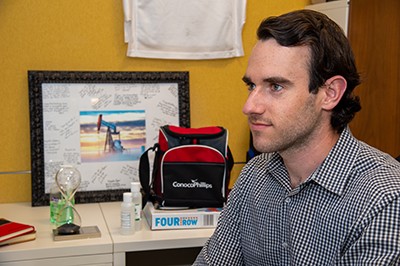
Consequently, Global Wells launched its analytics consolidation project in 2019, a streamlining effort based on five years of learnings, to make the system more manageable, faster and user friendly.
The result: A sustainable analytics operation that requires fewer resources to maintain.
“It’s amazing how much less we have to manage,” Nguyen said. “And by sharing data across all the business units, we’ve been able to leverage new and innovative ideas much more effectively. The global enterprise view has been hugely successful for us.”
A singular solution emerges
Starting with a clean slate and an enterprise mindset, the project team developed an improved data architectural model.

This enabled them to integrate data from multiple business units into a central Global Wells Data Warehouse (GWDW), a single repository housing approximately one billion rows of well data.
Senior Analytics Analyst Marc Roeder, a member of the AICOE Projects Analytics team, said the idea behind the consolidation project was to have a singular solution, with a singular set of views and tables.

“Consolidating into a single global data model made it easier to implement enhancements, manage reports and build new solutions that can be leveraged globally from day one,” he said.
A unifying effect
With its global operations, ConocoPhillips must be able to analyze and distribute critical information in the right places, at the right moments, by those with the right expertise.
That’s a tall order, but the consolidation project has taken this directive to the next level, greatly enhancing operational communications and knowledge sharing.
The business units can now share innovations, developments and workflows far quicker than when each business unit had its own data warehouse and visualizations. This has accelerated cost savings.
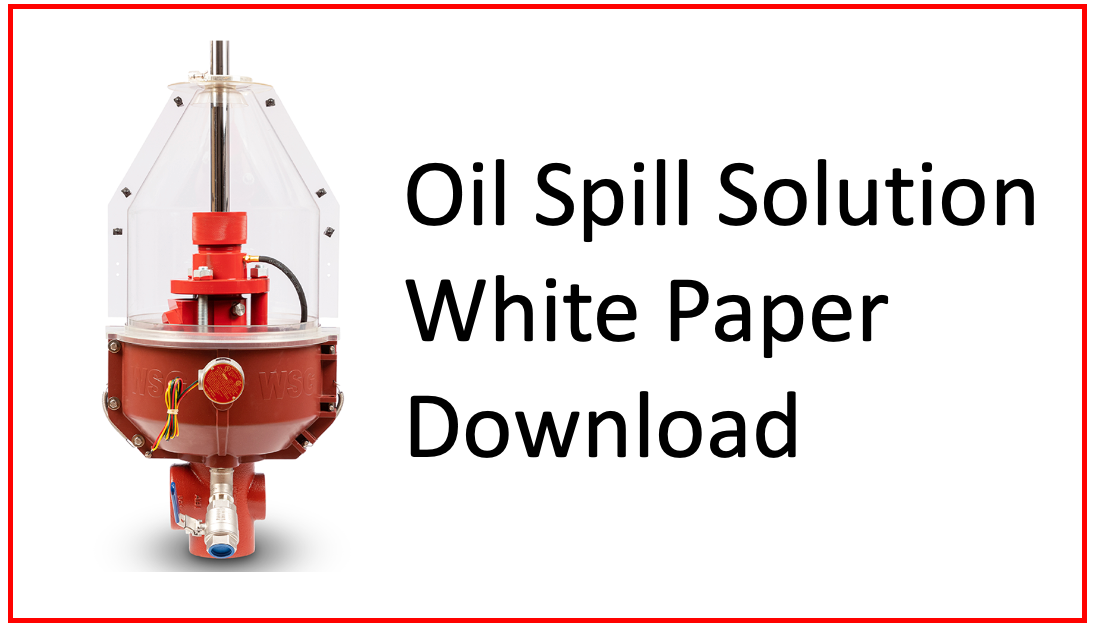
Oil Spill Solutions White Paper
For example, the company’s four unconventional teams used a completions efficiency tool called StimJET (stimulation job efficiency tool) to save more than $25 million in 2020.
Information in ‘just a few clicks’
In 2020, the APS team retired more than 120 legacy business unit dashboards and transferred the remaining ones to a central location.
Plus, a new global dashboard suite has been created. It features 15 global dashboards, such as Global Drilling Parameters, Global Connection Times and Global Frac Parameters.

These global dashboards — featuring enhanced visualizations, functionality and filters — give engineers and wellsite personnel an efficient way to view their data at a well, field or even business-unit level.
“Now engineers can get to what they want to see with just a few clicks,” said APS team member Ryan Cherrey. “They can make comparisons and can share ideas much quicker.”
Before the change, some engineers wouldn’t use the dashboards and tools because they took too long to open. But now the dashboards are loading 90 percent faster than before.
“The tools are far more powerful now,” Cherrey said. “We’re seeing increased usage of the tools and we’re seeing better decision making, which is saving money as well.”
The Analytics, Performance, and Standards (APS) team within Global Wells is ConocoPhillips’ central resource for drilling and completion analytics. This team of multi-discipline specialists provide technical solutions to the business units. They offer a variety of services, such as qualification of analytics software; modeling and design; research and development of new technology; and training and mentoring.
‘Crucial to our success’
APS team members collaborate regularly with the analytics focal points from each business unit.
“They’re the ones feeding us ideas,” said APS team member Bjoernar Nesland. “They’re the ones giving us feedback if we roll out a new analytics tool. And we are dependent on them to roll it out in their business unit and spread the word. Business unit involvement is absolutely crucial to our success.”
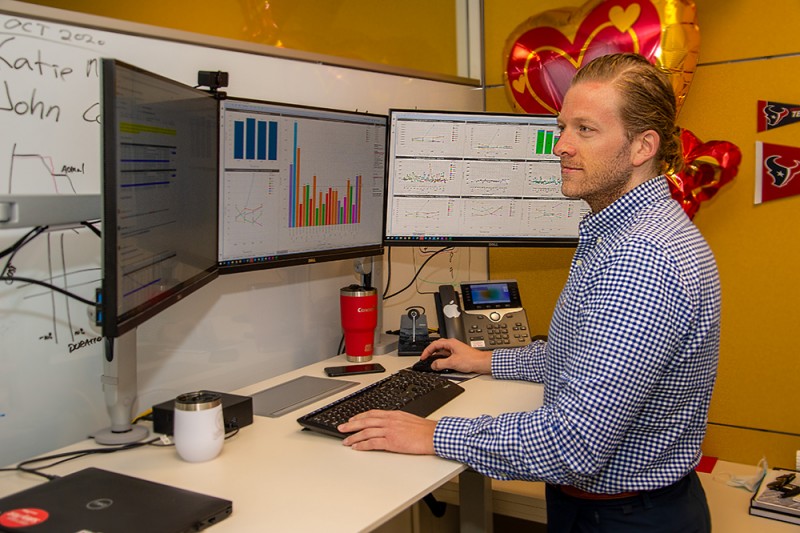
The APS team also provides training on how to use the new tools and dashboards.
“Typically, when we roll out any new dashboard or analytics tool, we offer some training or some kind of show and tell,” Nesland said.
‘Measuring against the same yardstick’
Katie Mills, analytics focal point for the Great Plains business unit (GPBU), said the analytical tools are vital to measuring performance.
“You can’t manage what you can’t measure,” she said. “Having consistent analytics tools across the globe means we are measuring against the same yardstick.”

And the global dashboards, Mills said, enable benchmarking and drive optimization.
For example, Mills said the Global Connection Times Dashboard allows engineers to compare connection times between wells, rigs, rig crews and business units.
That dashboard even has a unique feature that allows engineers to measure the effectiveness of the automation tools used on the drilling rigs.
“It helps us measure our vendors’ automation services,” she said, “and it allows us to grade ourselves as to how we are performing with the automation on or off.”
The APS team did a great job creating the Global Tortuosity Dashboard, Mills said, as it allows users to evaluate wellbore trajectories using industry-leading tortuosity calculations.

“That dashboard wasn’t widely available before,” she said. “Now we can leverage it on a global level. Before it was just with GPBU, and now it has broad appeal to all the business units.”
The project team’s attention to detail is reflected in the dashboards and tools, Mills said.
“Bjoernar and Steven both spent a lot of time talking to Brian Broussard (Gulf Coast business unit) and me about what we wanted to see, what was important, what we could get rid of,” she said. “They did a great job of understanding what was important to us, how we wanted things to appear visually and making sure that things were consistent.”
Indonesia
Daniel Bearden, Senior Manager Well Operations, who serves as the analytics focal point for ConocoPhillips Indonesia, said the consolidation project has accelerated Indonesia’s analytics efforts.
The APS/IT teams, he said, performed the heavy-lifting data cleanup, high-frequency overlays and connected the business unit to the global dashboards.

“We were a few years behind other business units in standardizing historical WellView data to seamlessly connect to the global analytics dashboards,” he said. “This foundation was crucial to begin our data analytics journey, so this is where we started. The APS team helped us identify gaps in WellView and input missing data like naming the different lithology. Then, we linked our historical high-frequency rig data into the dashboards.”
Such improvements, he said, will enhance the business unit’s performance.
“Now, we can quickly pull up how different geologic zones drill by name. The Global Drilling Parameters and Offset Well Analysis Tool help us visualize detailed rig data tied to these zones. With this, we’ve identified optimum drilling parameters for each zone — and make data-driven recommendations in our drilling procedures.”
‘Astonishing’
APS manager Craig Dunagan is delighted with how the project has turned out so far, especially considering the hurdles the project team faced during implementation.

“To think that we’re actually here in just a short time is astonishing,” he said. “Consolidation has been a massive improvement and success story for us. We are collectively building new analytical tools we could only dream of a few short years ago, for the benefit of all the business units.”
Matthew Winsor, IT Supervisor for drilling-and-completions data, engineering and operations, said the consolidation project aligns with the AICOE’s Global Data Analytics Strategy 3.0 that calls upon the company’s global functional groups to accelerate the analytics journey.
“Whilst we are extremely proud of what the team has accomplished so far,” Winsor said, “we are even more excited as they seize the digital opportunities ahead of them.”
Source: ConocoPhillips
Oil & Gas Operators




